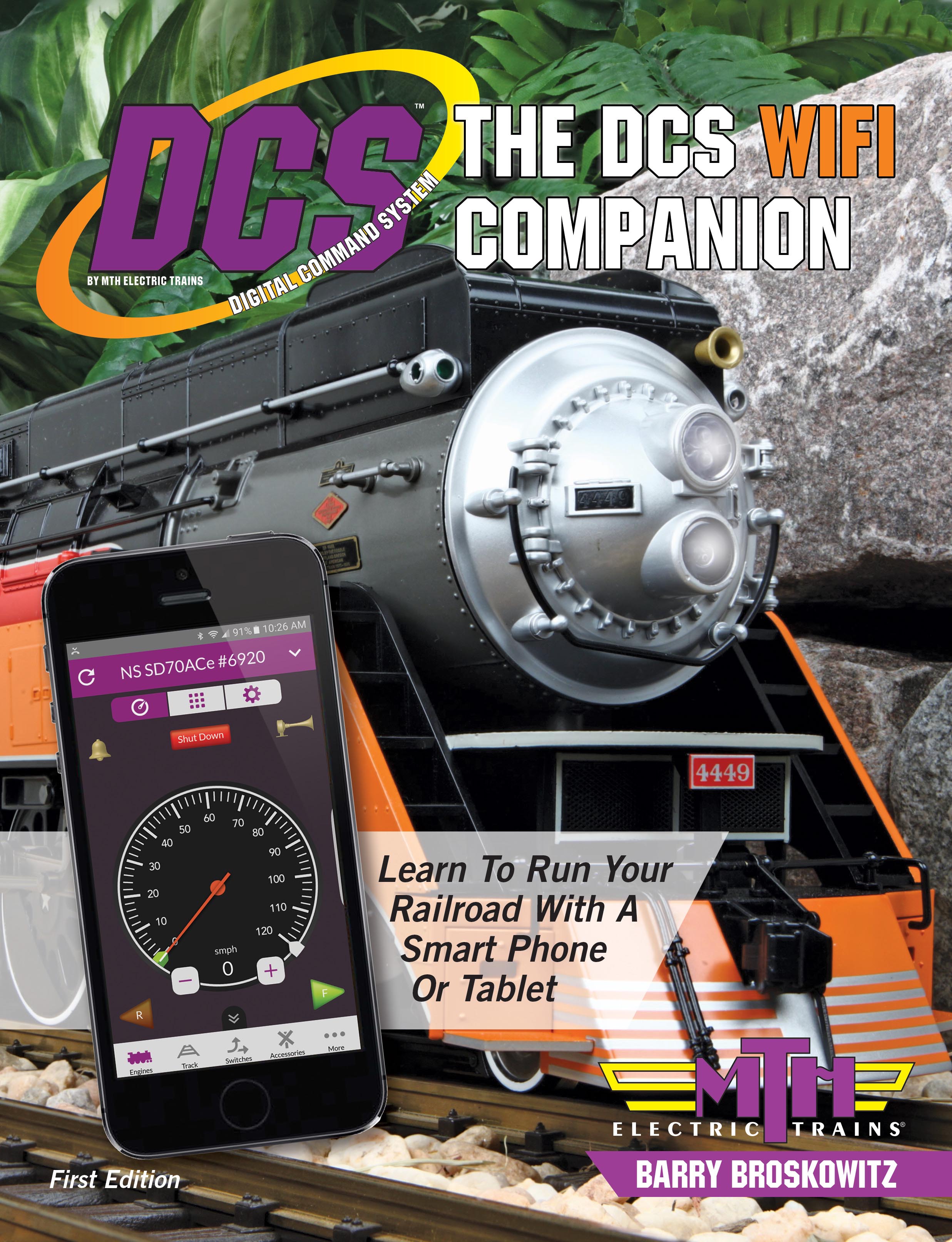Hi there,
Some crazy stuff going on with our 5TIU setup since we updated everything to DCS 6.1 I'd like to share and ask for input on this since it's pretty strange...
Problem:
The remotes add trains with ease, the app does not add trains. It simply reads for awhile and times out. When you perform a read, all 5 TIUs show up so nothing is wrong with the networking. ICMP pings from the router put the delay to each TIU <10ms and our network is wired so there's no like wifi signal issues to think about.
Experiment setup:
We have a 5 TIU layout at our club, each TIU is REV L and 6.1 Firmware. We have a WIU at each TIU, each with a dedicated wired ethernet connection to a central dedicated router (not internet connected and no external traffic). The train (my DDA40x) is sitting on track connected to TIU #1, Fixed Out 1. I have the latest app 2.0.2 on IoS bound to the router. I also have the remote with all 5 TIUs entered, all selected in super TIU mode.
Experiment Sequence:
1. do a read (Right before the video starts).
2. Confirm all TIUs are listed in the "Advanced menu"
3. Add MTH engine on the app.... long delay leads to time out
4. Add MTH engine on the remote. In a few seconds the train is added
5. Try add MTH engine on the app again.... long delay and a time out
6. Try add MTH engine on the app again.... long delay and a time out
7. Delete engine from the remote.
8. Add MTH engine on the remote. In a few seconds the train is added.
9. Try add MTH engine on the app again... long delay and a time out
10. Try add MTH engine on the app again... long delay and a time out
11. Try the read function on the app. Long delay but it seems to work
12. Confirm that all 5 TIUs are found by the app
13. Try add MTH engine on the add engine on the app again.... long delay and a timeout
Video of experiment: (it's long and hard to see so I've captioned it)
After this video I've uninstalled and reinstalled the app on my iphone, bound and unbound to the network, tried another main router but situation is always the same, the app will not add my engine even though all 5 TIUs are showing up and the remote works just fine.
Is this an actual software issue, or is there something stupid going on?
~Adrian




















